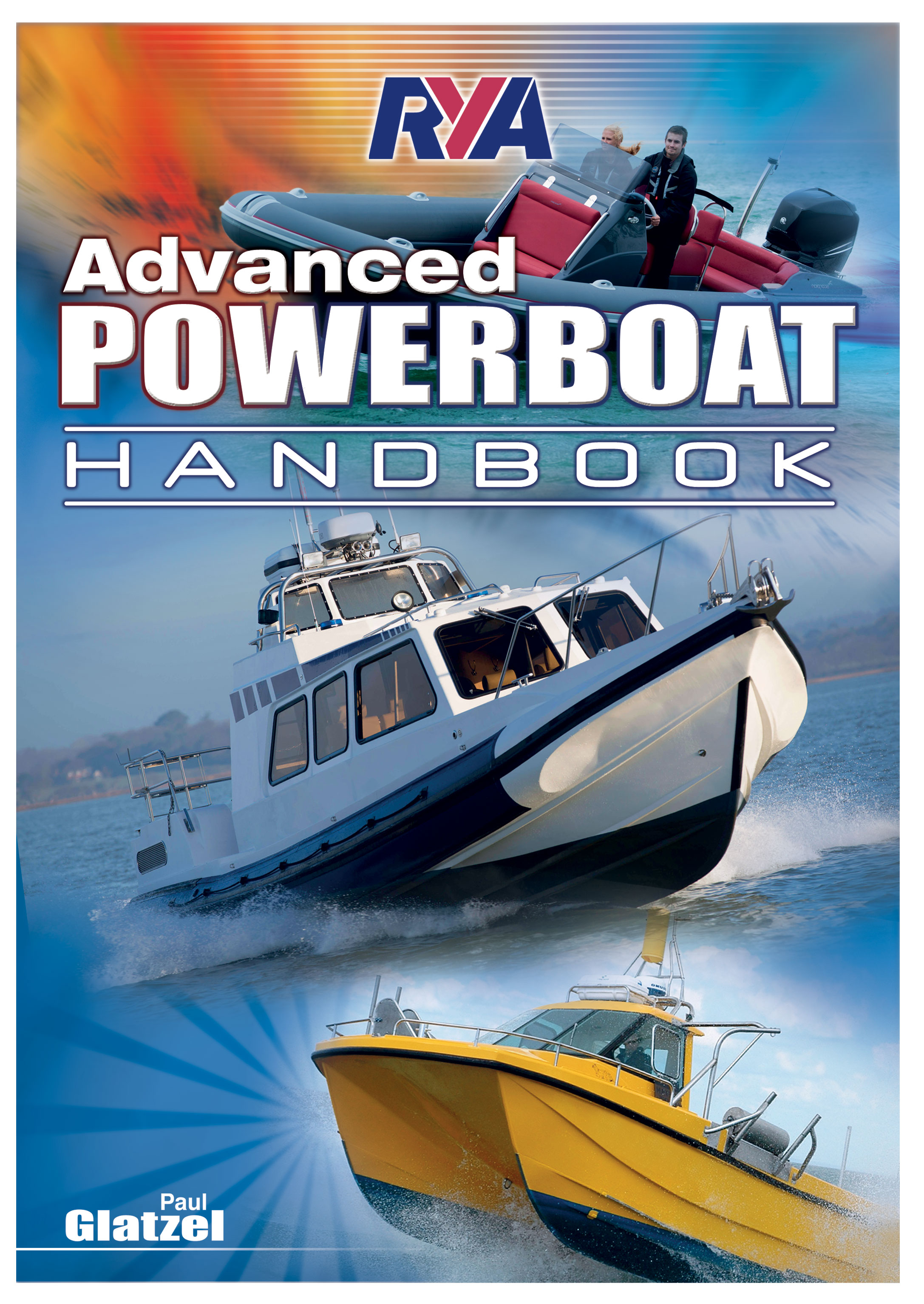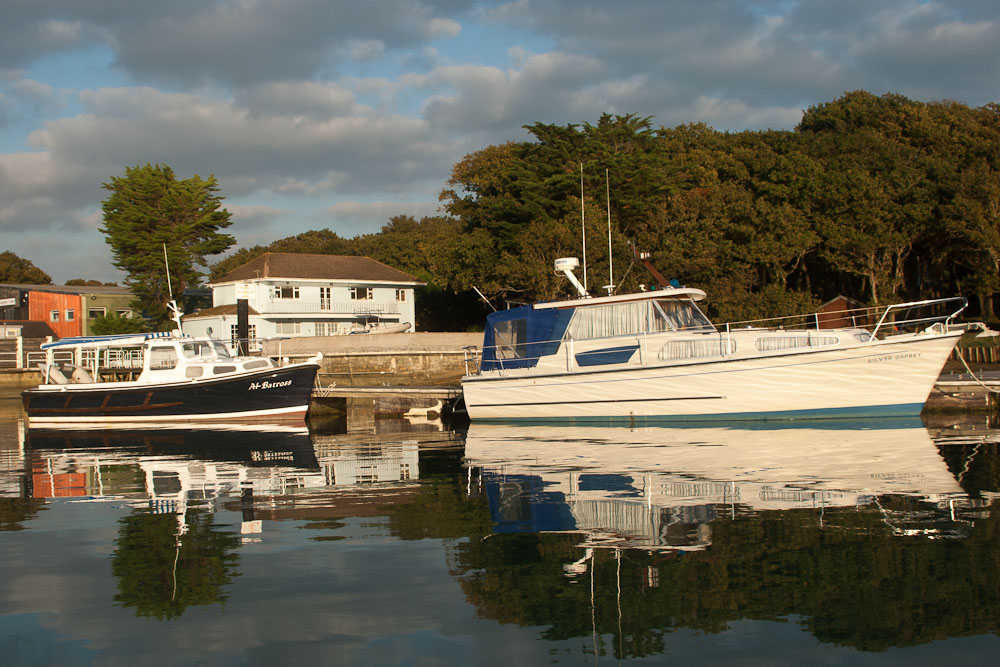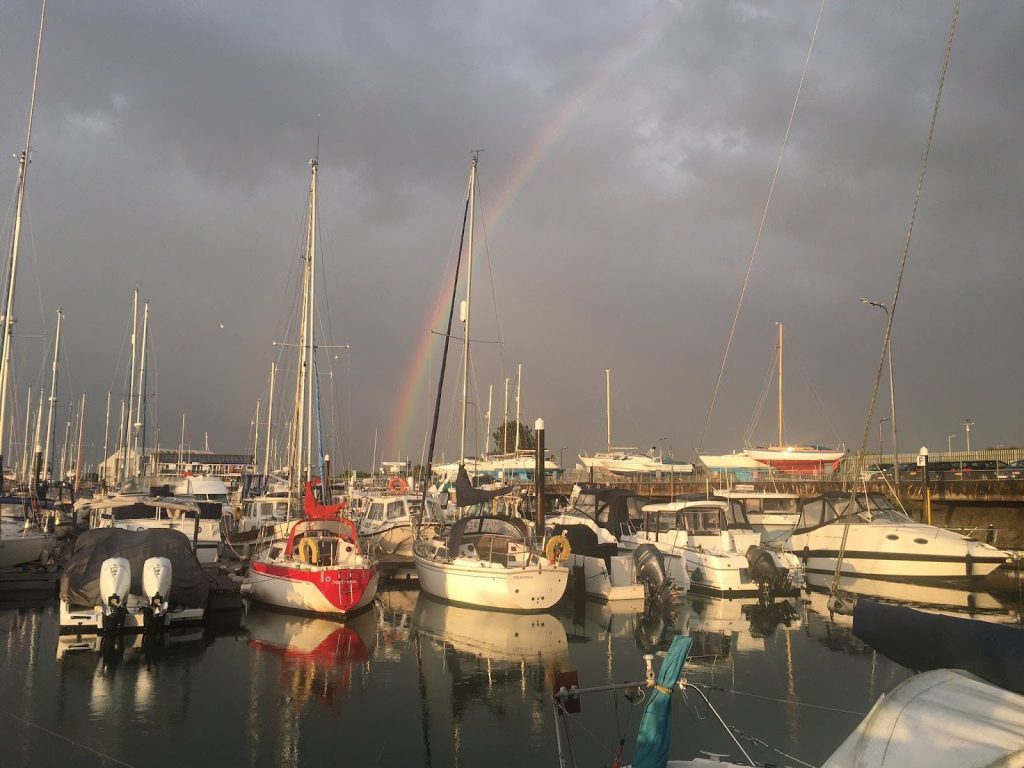Learning how to handle a vessel in challenging conditions is a core part of any powerboat or RIB driver’s progression. Yet keeping the boat as safe as possible when stopped in the water is critical.
Recognising and knowing how to mitigate the factors that can lead to a boat becoming disabled could prove a lifesaver.
No one would knowingly sit happily bobbing about in a craft in waves – the boat becomes a sitting duck. So how does it happen to experienced boaters?
One of the most common reasons for an engine to stall in waves is that the helm has mistimed their route through the waves, perhaps “stuffing” the bow into the back of the next wave. This sudden deceleration can cause a lot of damage to both the crew and the vessel (detaching tubes from the bow of a RIB, for example). However, the immediate effect can be disastrous: the sudden slowing down can lead to the following wave lifting the transom and broaching the boat, bearing in mind that a breaking wave of equal or greater height to the beam of the vessel will capsize it when taken on the beam, this is a dangerous position to find yourself in.
The boat “taking off” in the first place could be down to the helm having misread the situation and found themselves in a position which is much more challenging than expected. It could be that in heading down wind which is inevitably calmer, the helm has been lured into a false sense of security. They may have been operating at wide open throttle, with no power left in reserve to get out of trouble.
Buoyancy and stability
Understanding your boat’s buoyancy and stability is essential in understanding the risks of a given situation.
A vessel is stable if it returns to its original position when disturbed by wind or waves for example.
When a boat is at rest, and its Centre of Buoyancy (CoB) is acting directly through its Centre of Gravity (CoG), it is stable.

When it heels, the CoG remains the same but the CoB moves. The offset between the two creates a ‘righting force’ or ‘lever’, which returns the vessel upright and maintains stability.

However, if the boat heels to the extent that the CoG and CoB move but are in line, there is no righting force, putting the boat at risk of capsizing. This is called the Angle of Vanishing Stability (AVS).

What can cause a vessel to become unstable?
The build-up of water in the bilges and on deck that is unable to drain rapidly can have a devastating effect on stability, as can the movement of people around a boat or heavy objects that have not been safely secured. If any additional weight moves the CoG to the point where the AVS is reached, a vessel is at a great risk of capsize.

Stability awareness
When loading up kit and passengers on your boat, think about how to maintain a stable profile in the water. An outboard engine will present a significant weight on the transom, so considering where other essential kit should be stored is important. Think carefully about where to place any heavy equipment in order to try and even out the weight distribution, keeping heavy objects close to the deck level.

Dangers when stationary
Broaching can occur when wave speed exceeds vessel speed. The wave lifts the stern and turns the boat broadside to the waves, increasing the risk of waves coming over the beam. If a boat isn’t moving, any waves, therefore, pose a potential hazard.
It is the distance between waves that is most important here in terms of how much a boat is able to ‘right’ itself before the next wave hits and exacerbates the problem.

The ability to clear water rapidly from decks through elephant’s trunks, open transoms, bilge pumps and bailing is essential. However, boat modifications, engine position and human behaviour all have an impact on a boat’s stability.
Say, for example, your outboard stalled at sea, perhaps because you took off from a wave and reduced, rather than increased the throttle on landing, allowing water to be forced into the exhaust system and disabling the engine. The engine leg acts like a flagpole in the water, and turns the boat stern into the wind. What would your immediate reaction be? Instinct might see you rush to the back of the boat to figure out why it had stopped. Add in the extra weight from you leaning over the back trying to get to the catch and the boat’s susceptibility to swamping astern is increased. It wouldn’t then take the World’s biggest wave to roll the boat over.
Outboard engine shafts vary in length and it is not uncommon for people to buy a new boat but keep the same engine only to find when the engine is attached the leg does not sit low enough the water and so they cut a bit out of the transom.
When the boat is moving ahead, water won’t come in. But once stopped the lower the transom, the higher the risk.
Be mindful that bathing platforms with doors at the back of the boat can provide an area of vulnerability should it be left open at sea.
Balancing act

Understanding the particular characteristics of the boat you are driving, how it handles, and the basic principles of stability can go a long way in avoiding capsize.
So, for example, if you do instinctively rush to the back of the boat to address a stall, and you have passengers onboard, get them to safely move further forwards.
Or if you are part of a safety team, always consider when someone is being rescued, some of the crew remain on the opposite side to keep the boat as flat as possible, to mitigate the free surface effect of any trapped water.
Other key considerations include the importance of trying to keep the boat pointing into the waves to stop it turning broadside to them.
In deep water particularly, a sea anchor, which resembles and works like a windsock, deployed from the bow enables the boat to hold head to wind rather than beam on, and may help prevent capsize after an engine failure. If you don’t have a sea anchor, deploying a coil of rope or the boat’s anchor over the bow will also enable the boat to hold head to wind.
Before departing always secure loose items and keep heavy items as low as possible and ensure any hatches and unused seacocks are closed. Ensure bilge water is cleared and that pump capacity can cope with rapid water ingress.
And of course lifesaving appliances should be ready, the grab bag prepared and easily to hand and lifejackets and personal safety gear worn.
An understanding of wave theory, and how their height, speed, frequency and energy can be impacted by such factors as wind strength and direction, tide, fetch, submerged obstructions and localised conditions is also helpful in reading the potential severity of a situation if you do find yourself in tricky conditions.
Powerboat capsizes are thankfully rare, yet they do happen. Being aware of the dangers and how to be proactive in trying to prevent them is all part of safe, enjoyable powerboating.
-
The RYA Powerboat Advanced course is a great way to hone your skills and learn more about operating in challenging conditions, and navigating in the dark. The course is 2 days including one-night navigation exercise. You can find you nearest recognised training centre by visiting the “where’s my nearest” search on www.rya.org.uk
-
More information on many of the issues around rough water handling and wave theory can be found in the RYA Advanced Powerboat Handbook at www.rya.org.uk/shop available in paperback or eBook.



